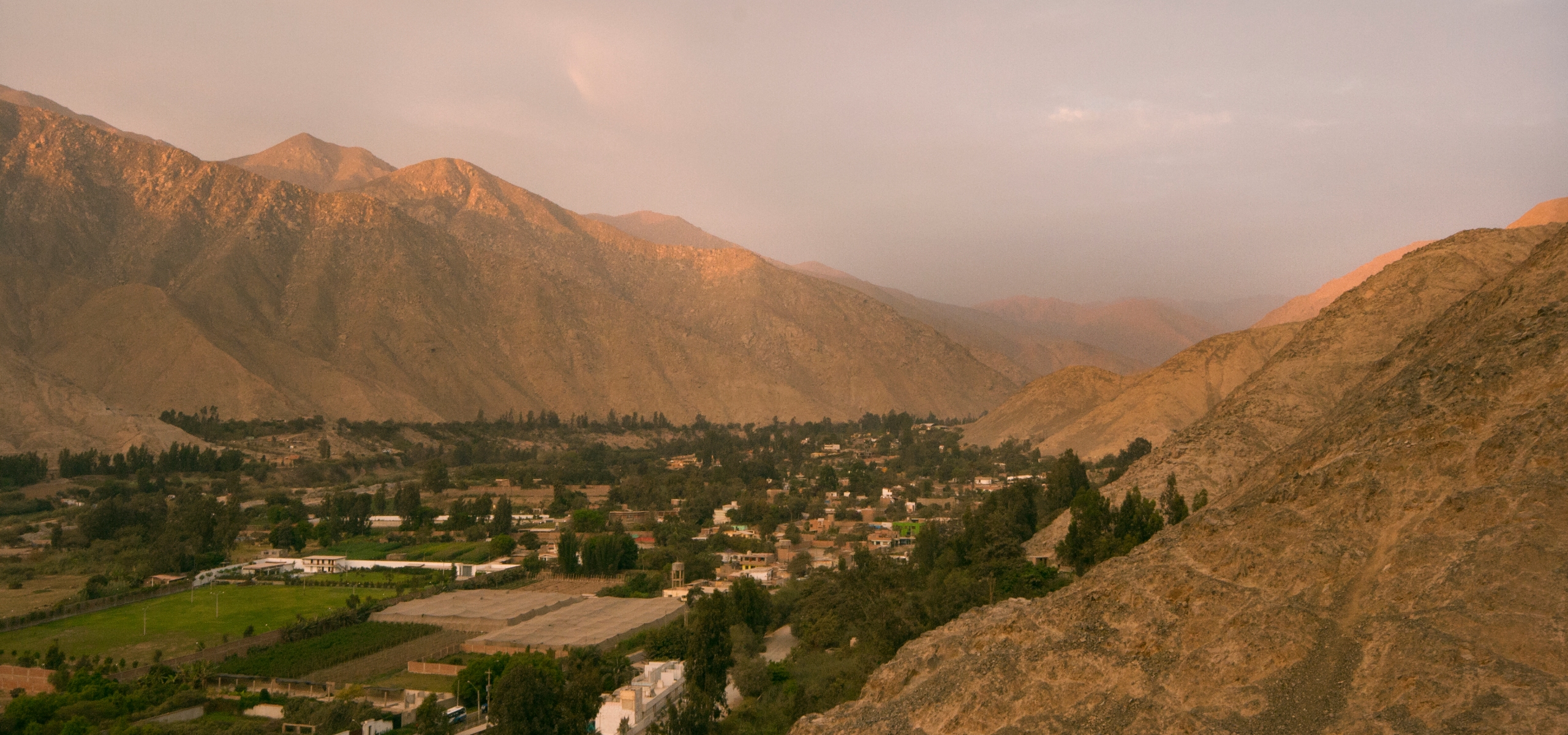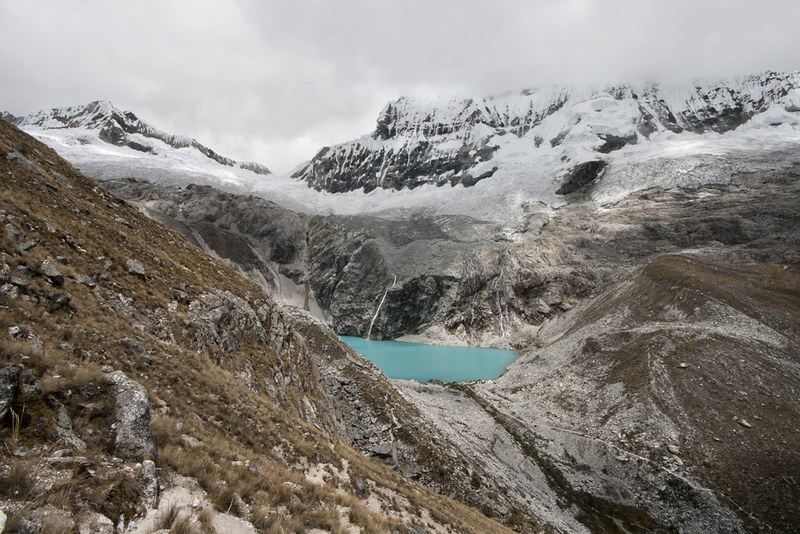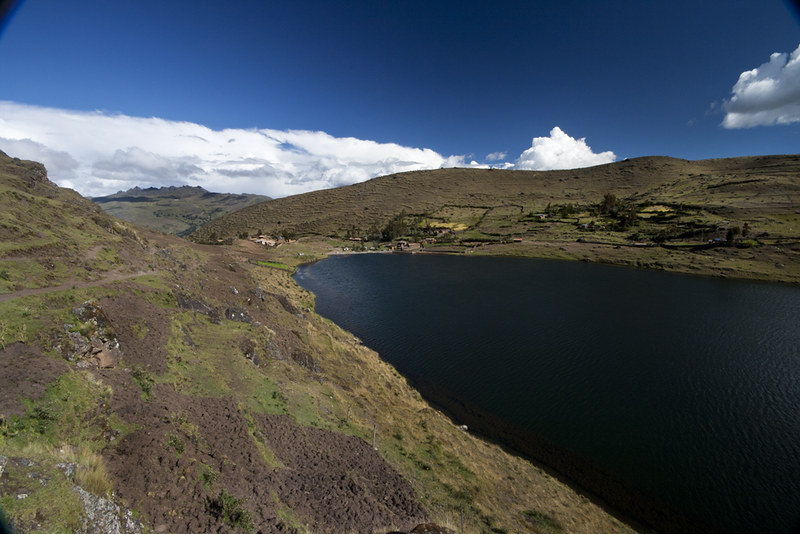The shape of things to come
A brighter future for people and planet
Lima, Climate and this thing called the COP

The COP20 kicks off here in Lima tomorrow, which is kind of a big deal.
What is the COP20?
COP stands for “Coalition of the Parties”, which is United Nations-speak for meetings of the countries participating in the United Nations Framework Convention on Climate Change, and this particular meeting is called the COP20 as it is the 20th such meeting of the Parties.
Previous COPs worth mentioning include:
- 1995: COP 1, Berlin, Germany – the Berlin Mandate to act against climate change, which shows how long we’ve been talking about this stuff for.
- 1997: COP 3, Kyoto, Japan – the signing of the 1st COP agreement, the Kyoto Protocol on Climate Change
- 2001: COP 6, Bonn, Germany – the USA under George W Bush rejects the Kyoto Protocol
- 2009: COP 15, Copenhagen, Denmark – International negotiations for a new post-Kyoto agreement fail in spectacular fashion. Pretty much every meeting since has been about picking up the pieces.
How big a deal is all this?
For the next 2 weeks the representatives of all the member parties – all 196 of them – will be talking here in Lima. These representatives of the majority of the world’s governments aim to negotiate new global agreements on greenhouse gas emission reduction and climate change mitigation. The measures developed during these 2 weeks will be further tweaked then formally signed into being next year at the COP21 in Paris.
So why do these agreements matter?
The best understanding of the science indicates that an average global temperature increase of 2oC (3.6oF) is now the MINIMUM increase guaranteed to happen this century, and that even the best agreements at the COP can’t stop that from happening. The climate is already changing now, and the social and environmental impacts of that 2+oC change are already appearing. Here in Peru glaciers are disappearing, agricultural productivity is declining and water shortages are emerging, and it’s only going to get worse. We know the world is shifting, and that these changes are going to be economically, socially and ecologically significant.
Left un-checked, climate change, will irreversibly change the natural resources (soil, water, forest, oceans, air) we depend upon, with permanent effect on where we live, what and how much we eat, and just how many human beings can survive on our planet. Competition for decreasing natural resources will cause wars. There will be food shortages not just in poor countries, but rich countries too. Increased frequency and severity of climate-linked natural disasters, like hurricanes, droughts, heat waves, cold-snaps, floods and fires, will affect all of us.

The glacier line at the spectacular Laguna 69 in Huascaran National Park has retreated several hundred metres up from where it used to lie at the lagoon’s edge. The glaciers the park is famous for have lost 30% of their extent due to climate change.

Lake Junin was famous for both it’s vastness and it’s diverse ecosystem. Now most of the lake bed is dry, shrunk to sad a series of shallow lagoons by the loss of glaciers and reducing rainfall, and polluted by mining waste.
If it’s already bad, what good can the COP talks do?
If the COP negotiations can result in real, binding international agreements to reduce greenhouse gas emissions – the root cause of climate change – then the COP can help to limit the extent of warming and prevent the worst of the impacts. It can help to limit the impacts to levels humans and other species can potentially adapt to, rather than allowing for ecologically-catastrophic levels of change.
A big focus of the Lima talks is the Green Climate Fund: a pot of money used to finance climate change prevention and adaptation projects in poorer Party countries. Developing countries have fewer resources to invest in combating climate change whilst being among the countries most vulnerable to its impacts, so the fund aims to even things up a bit. This is important, as it will let all countries do their part and remove excuses from high-polluting developing countries that currently claim they can’t afford to take action.
What else is going on?
As well as the closed door talks, there are lots of official side events – such as presentations on climate science and mitigation projects already underway – and parallel events happening. There will be lots of spin-off meetings between participants and other interested parties to discuss projects and cooperative opportunities. Lots of public and community-based events are planned to take advantage of the COP momentum: things like the COY10 Youth & Climate Conference, the People’s Climate Change Summit and the Global Landscapes Forum. There are also lots of community education and outreach events being held.
It’s an exciting time to be in Lima!

Andean farmers are having to move their crops up to higher altitudes as climate change heats up their traditional paddocks. These newly-dug potato fields are at over 4 000 mASL where there’s limited oxygen for the hard physical work.

Indigenous communities deep in the Amazon are looking for ways to adapt in the face of climate change impacts. They may have very limited educations but they know the change is real.
What does this mean for me?
The COP20 might look like just another political gab-fest to you and me, but these talks are actually important to all of us. They can help us to develop policies that will prevent a much bigger temperature change that would be catastrophic to our ways of life and the ecosystems we depend upon. The COP20 here in Lima is a big step in getting those policies right, and it’s important that our politicians know that we, the people they are supposed to represent, expect real, meaningful outcomes.
This is about everyone’s future, about the fate of this planet, our one and only home.
As for me specifically, the COP20 means lots of urgent work translating correspondence and presentations for the official side events and helping out with Spanish-English interpretation in the meetings and workshops that will inevitably spin off from the event. I won’t be attending the events, but I’ll be involved in a peripheral way, and I’m really hoping the talks, both official and unofficial, lead to positive actions undertaken here in Peru, home in Aus, and all around the world.
I leave Peru behind on the last day of the COP20, finishing my project and heading back to Australia. I’d like nothing more than to fly out of Lima on a climate-related high note.


A shame that you won’t be attending any of the events, but it’s great that you are able to contribute as your final activity in Peru.
There is so much individuals can do to have an effect on climate change, but COP20 has the potential to make things happen so much more quickly… unfortunately, I’m not feeling too optimistic about the actions of politicians.
The politics in Australia is particularly glum. We have a government that does not “believe” in climate change, has gutted the renewable energy industry, given tax breaks to coal mining, tried to wind back World Heritage protections, aims to reduce the renewale energy target and plans to reduce our COP 2020 emissions cut target too. They’ve slashed 80% of our UNEP funding contributions, fired 10% of researchers at our national science institude and are fast-tracking approvals to build an enormous new coal mine in the Great Barrier Reef catchment area, with marine transport of the coal through the reef!
What’s going on in Aus makes me furious just thinking about it, but when I look at the broader picture, there’s a sense of hope and committment that wasn’t there before. I am talking about climate stuff with taxi drivers and cacao farmers and everyone seems to be on the same side at long last. Maybe it’s just COPtimism here in Lima and I’m in for a rude shock when I land back in Aus, but I hope not!
Don’t get me started on our government’s beliefs about climate change, research or education (or anything else for that matter!). It’s completely bizarre and has no logic behind it. It was so awkward at G20 when climate change was barely discussed by Abbott!
Am feeling particularly ragey about things today – I’m glad you’re doing well though!
Hi Emma,
It’s pretty grim, isn’t it? Makes me feel very conflicted about heading home, and very angry at general Australian political apathy. I’ll be spending a few days up in Brisbane later this month for the first time in a few years, which I’m sure will be a disorientating experience. coffee, maybe?
Toni! I only just saw this sorry, I’d love to except we’re staying with in-laws up the coast soon and I won’t have time (am sort of dreading which is awful but I don’t really love this time of year tbh). I really must get down to Tassie, I still want to move there but jobs are proving a problem.
I hope you and yours have a happy and safe Christmas season 🙂